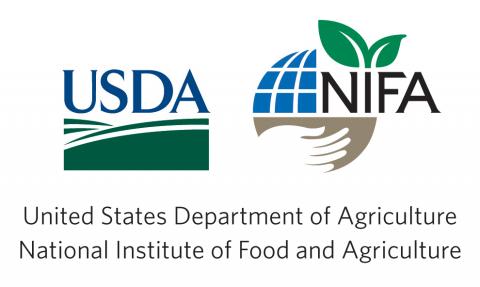
Domestic pigs have a long historical and economic association with human cultures. Consequently, pigs are abundant and represent many different breeds that can be considered as biologically equivalents to human ethnic and racial groups. Many pedigrees of pigs are available for research supported by phenotypic measurements and DNA is widely available from these pedigrees. Additional genetic diversity has been created in interspecies crosses such as domestic x exotic breeds to produce high-density comparative genetic maps between pigs and humans. The pig genome is of similar size, complexity, and chromosomal organization as the human genome. The porcine genome is now uniquely positioned for sequencing as a result of the development of these necessary tools and reagents. The strategy proposed here generates 3X whole-genome coverage by sequencing BAC contigs. Our approach is designed to mitigate problems associated with prior and current shotgun sequencing projects and makes effective use of the size and diversity of our user population. This proposal was developed to address not only the sequencing strategy of a BAC MTP but also to provide an integrated approach for assembly and annotation. The key to our success will be project coordination and management. Finally, our proposal provides for an important communication and training components. We are committed to creating a program that supports the rapid deployment of the information and how to use the generated sequence information.
GOALS & OBJECTIVES
This project aims to generate 3-fold sequence coverage of the porcine genome that exceeds 90% complete draft sequence assembly. The strategy proposed is a clone-by-clone approach that is based on a fully mature sequence-ready BAC physical map of the genome that was recently completed by the same team of investigators. The long-term objective is to use a hybrid (clone-by-clone combined with whole genome shotgun, WGS) approach to complete the sequence of the porcine genome using the physically anchored sequence generated and assembled via this proposal with WGS data generated by individuals and other international collaborators. This proposal relies on the selection of ~21,500 BAC clones, a minimum tiling path (MTP) that represents 174 BAC contigs covering >95% of the genome. The approach allows for prioritization of sequencing efforts based on end-user input (i.e., selected regions of the genome can be targeted for sequencing based on the immediate needs of the scientific community). Furthermore, the bioinformatic capabilities of the Wellcome Trust Sanger Institute will be used to provide a complete annotation for the sequence generated. Data from the project will be made available to the international community through the International Swine Genome Sequencing Consortium.
IMPACT
This project will lead to the development of new DNA-based tools to identify and select animals which carry any number of profitable characteristics from disease resistance to leaner meat production. There is an increasing need to improve overall pig husbandry in terms of health, welfare and sustainability, as well as traceability, food quality and safety. The pig genome sequence will provide an important resource for researchers studying the biology of the pig or using the pig as a model for understanding human biology to improve health. Although all mammals diverged about 70-80 million years ago, the pig genome lies closer to primate genomes than do mouse and rat genomes, which have evolved more rapidly. By comparing rodent and human genomes, researchers can not determine whether differences they see result from changes in the rodent or primate lineage. The pig genome now fills a large 'gap' in genome evolution. Because many of the biological features of the pig are more similar to human than those of rodents the pig serves as a model for human disease in a wide range of research including cardiovascular, pulmonary, gastrointestinal and immunological studies. Just as the human genome sequence has transformed understanding of human gene regulation, so the pig sequence will speed developments in biomedical research.
PUBLICATIONS
Humphray, S.J., Scott, C.E., Clark, R., Marron, B., Bender, C., Camm, N., Davis, J., Jenks, A., Noon, A., Patel, M., Sehra, H., Yang, F., Rogatcheva, M.B., Milan, D., Chardon, P., Rohrer, G., Nooneman, D., de Jong, P., Meyers, S.N., Archibald, A., Beever, J.E., Schook, L.B. and Rogers, J. 2007. A high utility integrated map of the pig genome. Genome Biol. 8(7):R139.
